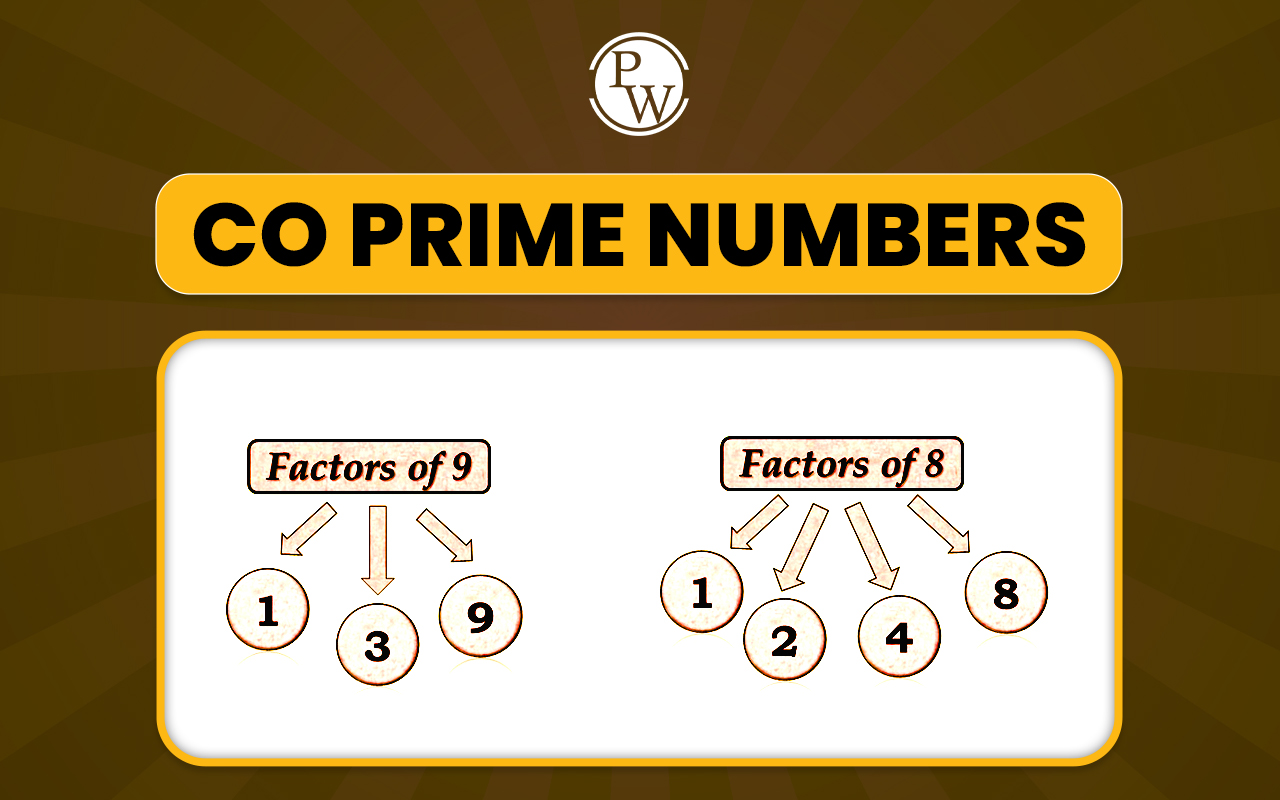

Division of fractions: Sharing things equally is a part of daily life. It happens when food is split among friends, time is divided between activities, or portions of something are measured and shared. Often, the amount being handled is not a full number but a part, like one-half or two-thirds.
When these parts need to be divided further, the method used is called division of fractions. This helps answer how many times one part fits into another or how a portion can be broken down into smaller, equal shares. In this blog, we will learn to divide fractions in different ways. This includes dividing by whole numbers, by other fractions, by mixed numbers, and by decimals.
What Are Fractions?
To understand the division of fractions, we must first know what a fraction means.
A fraction is a number that represents a part of a whole. When something is divided into equal parts, a fraction tells us how many of those parts we are dealing with.
For example, A cake is cut into four equal parts. You take three parts. That means you have three out of four parts. This is written as 3/4.
Here,
-
The number three is the numerator. It shows how many parts you have.
-
The number four is the denominator. It shows how many equal parts the whole cake was divided into.
So, the fraction three over four means you have taken three parts out of four.
Read More: Geometry
What does the Division of Fractions mean?
Division of fractions means comparing two fractions to find out how many parts of the second fraction are contained within the first. It helps us measure how many times one fraction is included in another.
For example, when we divide 5/6 by 1/3, we are asking how many pieces of size 1/3 are inside the amount 5/6.
We solve it step by step using the rule for dividing fractions:
Step 1: Write the problem.
5/6 ÷ 1/3
Step 2: Keep the first fraction as it is.
5/6
Step 3: Change the division sign to multiplication.
Step 4: Flip the second fraction (take the reciprocal of 1/3). Here, 1/3 becomes 3/1.
Step 5: Multiply the two fractions.
5/6 × 3/1 = (5 × 3) / (6 × 1) = 15/6
Step 6: Simplify the result.
15/6 = 5/2
So the final answer is 5/6 ÷ 1/3 = 5/2.
This means that five halves or two and one-half pieces of size 1/3 can fit inside 5/6.
Read More: Unit Fraction
Types of Fraction Division
Let’s now break down the various scenarios where fraction division is applied:
The division of fractions is used in many ways, depending on the types of numbers involved. You may divide one fraction by another, a fraction by a whole number, a whole number by a fraction, or even deal with mixed numbers and decimals.
Let us explore each of these cases with step-by-step explanations and examples.
Dividing Fractions by Fractions
This is the most basic and common form of fraction division. It means dividing one fraction by another. To solve this, we use the Keep-Change-Flip method:
-
Keep the first fraction as it is.
-
Change the division sign to multiplication.
-
Flip the second fraction (take its reciprocal).
-
Then multiply the two fractions.
Let’s understand this concept better with an example below:
Divide 4/7 ÷ 2/3
Solution:
Step 1: Keep the first fraction as it is.
4/7
Step 2: Change the division sign to multiplication
Step 3: Flip the second fraction (the reciprocal of 2/3 is 3/2).
Step 4: Multiply the two fractions.
4/7 × 3/2 = (4 × 3) / (7 × 2) = 12/14
Step 5: Simplify the result
12/14 = 6/7
Final Answer: 4/7 ÷ 2/3 = 6/7
This means that the fraction 2/3 fits into 4/7 exactly six-sevenths of the time.
How to Divide Fractions by Mixed Numbers?
To divide a fraction by a mixed number, we need to turn the mixed number into an improper fraction first. After that, we follow the same method we use when dividing two fractions: keep the first fraction, change the sign, and flip the second fraction.
Let’s understand with an example below:
Divide 3/4 ÷ 2 13
Solution:
Step 1: Convert the mixed number to an improper fraction
2 13 = 7/3
Step 2: Flip the second fraction. The reciprocal of 7/3 is 3/7.
Step 3: Multiply the two fractions.
3/4 × 3/7 = 9/28
Step 4: Simplify 9/28
9/28 is already in the lowest form.
So, the final answer is 3/4 ÷ 2 1/3 = 9/28.
Read More: Ordinal Numbers 1 to 100
How to Divide Fractions by Decimal Numbers?
Sometimes in math, we need to divide a fraction by a decimal. Since a decimal and a fraction are written in different forms, the first thing we need to do is make them the same type.
The easiest way to do this is to change the decimal into a fraction. After that, we can follow the usual steps for dividing two fractions.
Let’s understand the steps better with an example below:
Divide 4/9 by 0.5
Solution:
Step 1: Convert the decimal into a fraction
0.5 = 5/10, which simplifies to 1/2
Step 2: Find the reciprocal of the decimal fraction. The reciprocal of 1/2 is 2/1
Step 3: Multiply the original fraction by the reciprocal.
4/9 × 2/1 = 8/9
Step 4: Simplify the result if needed. Here, 8/9 is already in its lowest terms.
So, the final answer is 4/9 ÷ 0.5 = 8/9
This means decimal 0.5 fits into 4/9 exactly eight-ninths of a time.
How to Divide Fractions by Whole Numbers?
When we divide a fraction by a whole number, we are splitting that fraction into several equal parts. Each part becomes smaller. Instead of dividing directly, we turn the problem into multiplication using the reciprocal of the whole number.
Let’s learn the steps to calculate the division of fractions by whole numbers
Step 1: Change the whole number into a fraction by placing 1 under it.
Step 2: Flip the new fraction to get its reciprocal.
Step 3: Multiply the original fraction by this reciprocal.
Step 4: Simplify the result if needed.
Example: Let’s divide 5/6 by 3
Solution:
Step 1: Write 3 as 3/1
Step 2: The reciprocal of 3/1 is 1/3
Step 3: Multiply → 5/6 × 1/3 = 5/18
Step 4: No simplification needed
Result: 5/6 ÷ 3 = 5/18.
This tells us that if we break 5/6 into 3 equal pieces, each piece is 5/18.
Dividing a Whole Number by a Fraction
This type of division means you are figuring out how many times a small part (the fraction) fits into a bigger whole number. This often gives a large result.
Let’s learn the steps to calculate the division of whole numbers by fractions:
Step 1: Flip the fraction to get its reciprocal.
Step 2: Write the whole number as a fraction by putting it over 1.
Step 3: Multiply the two fractions.
Step 4: Simplify if needed.
Example: Let’s divide 6 by 2/5
Solution:
Step 1: The reciprocal of 2/5 is 5/2
Step 2: Write 6 as 6/1
Step 3: Multiply → 6/1 × 5/2 = 30/2
Step 4: Simplify → 30/2 = 15
Result: 6 ÷ 2/5 = 15. This means 2/5 fits into 6 exactly 15 times.
Read More: Composite Numbers
Common Mistakes in Dividing Fractions
While learning how to divide fractions, avoid these errors:
-
Forgetting to take the reciprocal
-
Dividing instead of multiplying
-
Not simplifying the final answer
Always follow the Keep-Change-Flip rule and double-check your steps
Division of Fractions Solved Examples
Applying division of fractions to real-world problems makes learning much more practical.
Example 1: A recipe uses ¾ cup of sugar to make 12 cookies. How much sugar is used per cookie?
Solution: ¾ ÷ 12 = ¾ × 1/12 = 3/48 = 1/16 cup per cookie.
Example 2: A car travels 100 km using 5¼ litres of fuel. How far does it go per litre?
Solution: Convert 5¼ to 21/4
100 ÷ 21/4 = 100 × 4/21 = 400/21 ≈ 19.05 km per liter
Example 3: 4/5 litres of juice is poured into 8 glasses equally. How much in each glass?
Solution: 4/5 ÷ 8 = 4/5 × 1/8 = 4/40 = 1/10 liter per glass
Join online classes for kids now.













